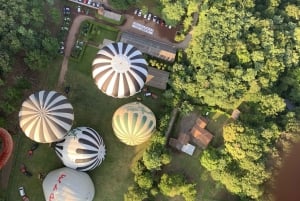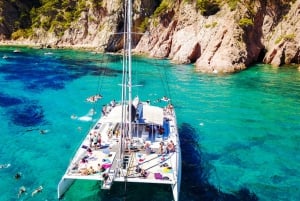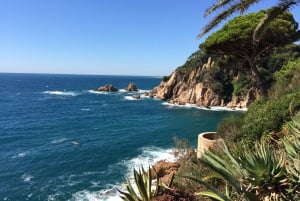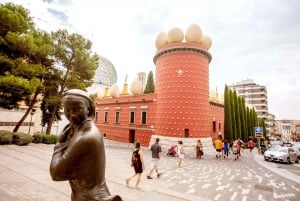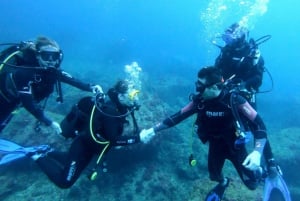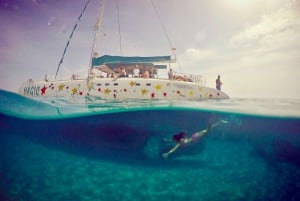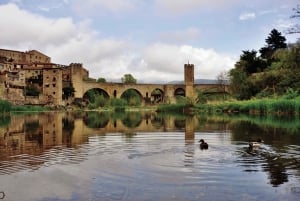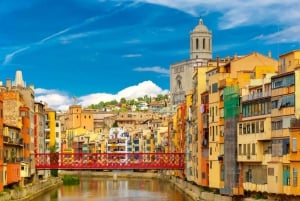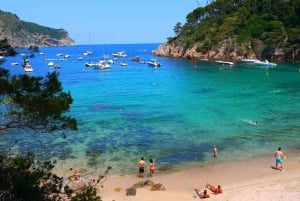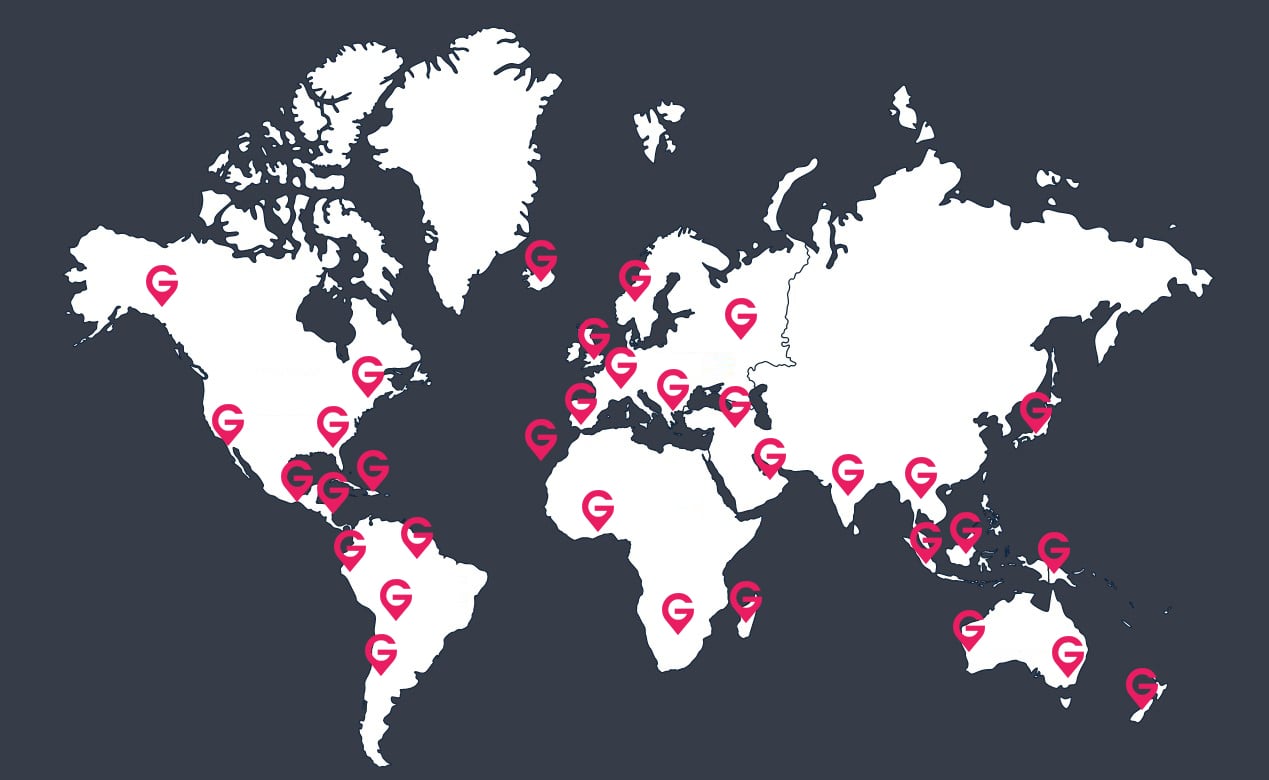Besalú
At 150 metres above sea level, in the Garrotxa region, lies Besalú. Its strategic location, between the Fluviá and Capellades rivers, and its proximity to the towns of Girona, Figueres and Olot, is the main reason for which it has been inhabited since the 6th Century.
A lovely medieval town, which at one time even had its own independence and formed part of the ancient counties which were united under the county of .
The careful preservation of Besalú has led to it being declared an "artistic and historical site".
Its ancient medieval town centre has been preserved and it is a delight to wander through its narrow streets lined with Romanesque and Gothic-style buildings and churches.
The Plaça de la Llibertat, located in the town centre is entirely surrounded by medieval buildings.
Near to this square is the ruin of the Santa Maria church, which was designated the Cathedral of Besalú from 1018 to 1020, marking episcopal independence from .
Of course the most emblematic sight in Besalú is its splendid 11th century Romanesque fortified Bridge spanning the river Fluvià .
Down to the left past the bridge is a remnant of Besalúâs Jewish quarter, the Miqvé, a Jewish bath house, originally attached to the synagogue along the riverbank.
The 12th century church of Sant Pere is a remnant of Besalúâs Benedictine monastery, founded in 977.
Â
Top attractions in Besalú:
- Fortified bridge over the river FluviÃ
- Sant Pere Monastery
- Sant Vicenç Church
- Colegiata de Santa MarÃa
- Old palace of the "Curia Real"
- The Jewish Miqvé and synagogue
- Sant Julià Hospital
- Casa CornellÃ
Â
Special dates to consider when visiting Besalú:
- "Festa Major"; second fortnight of September
Â
Local market; Every Tuesday
Â
And more information in .... Besalú


